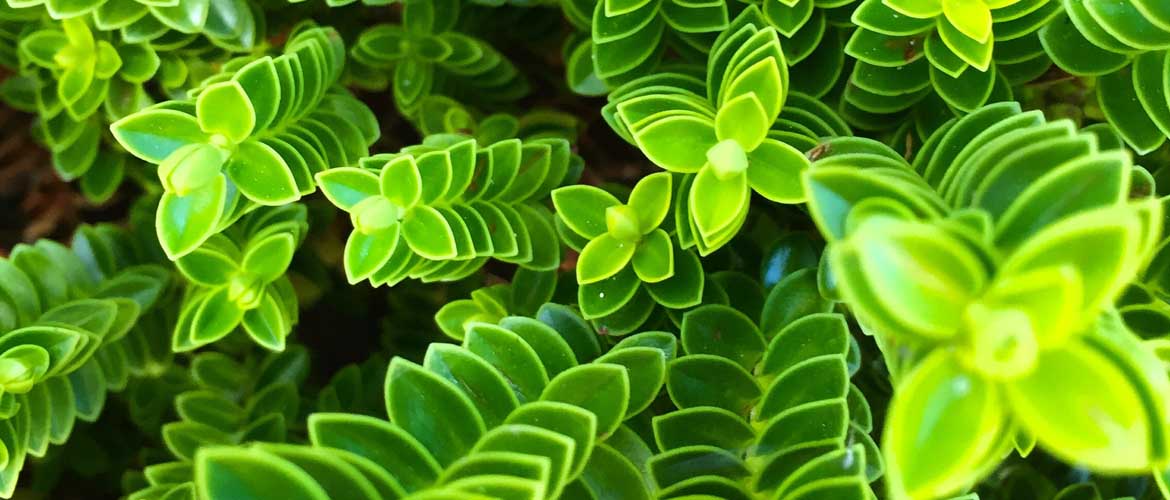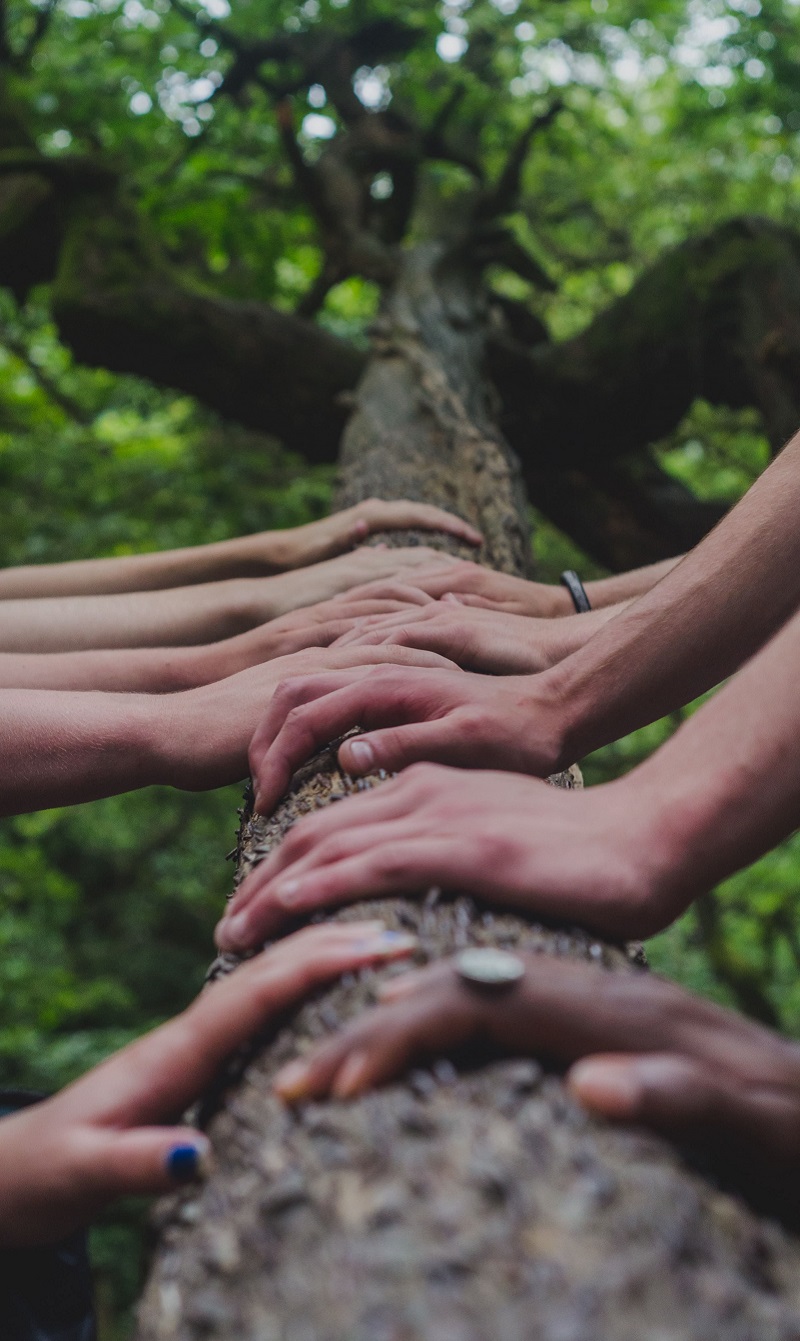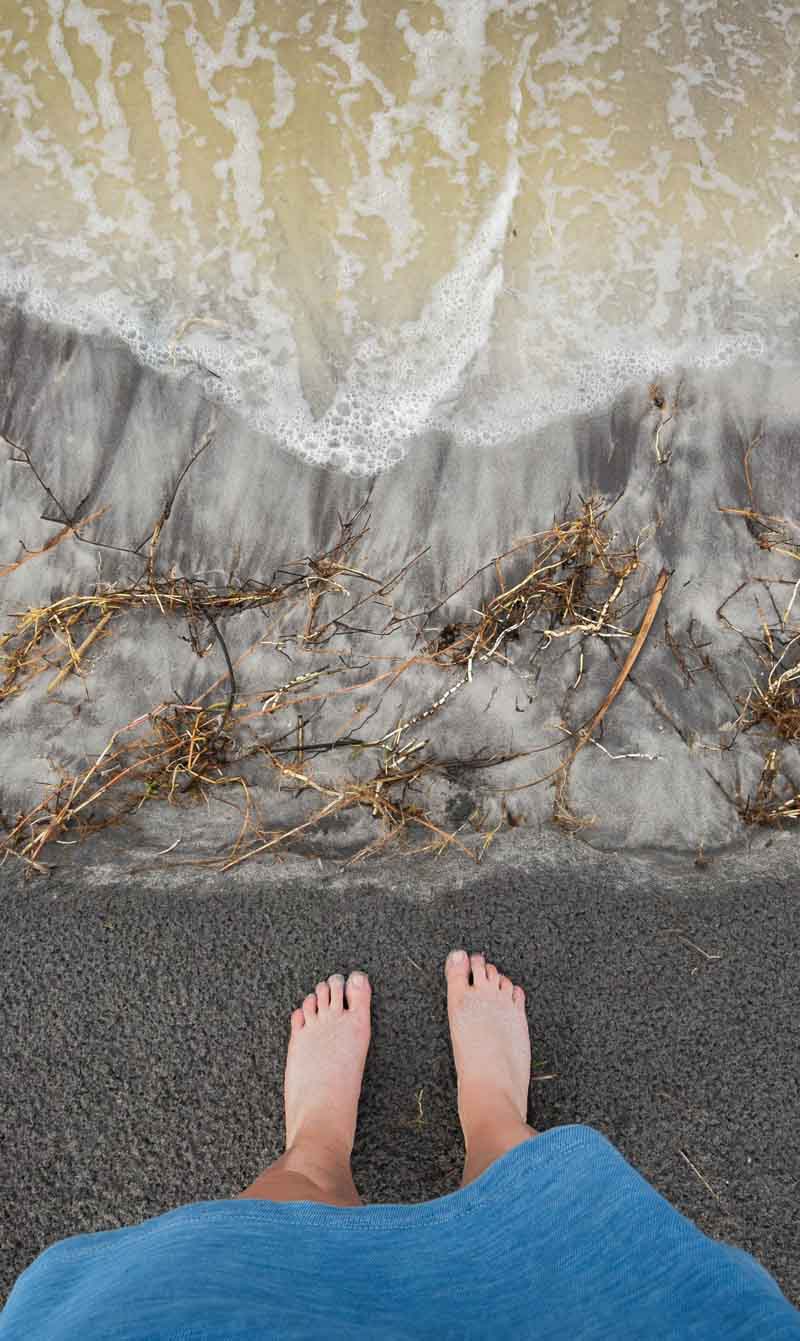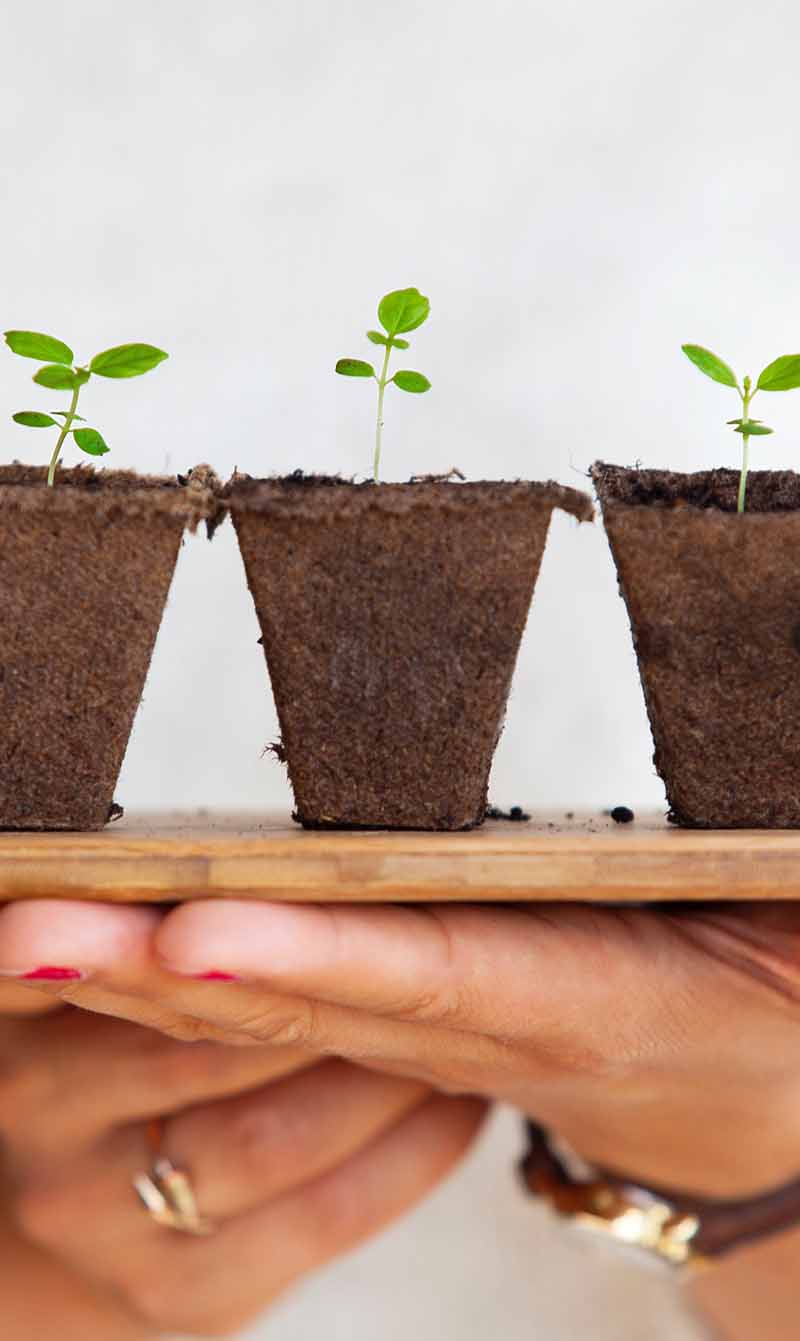Sarawak’s biodiverse potential
Undiscovered exotic plants, in the vast lands of Sarawak in Borneo, carry invaluable knowledge about herbs and their cures for diseases. The value of this industry is expected to double by 2024. Here’s what was explored by speakers at the 13th WIEF masterclass session on herbology.
The Island of Borneo, renowned for its lush flora and fauna, has the great potential of enriching lives through its biodiversity. Looking at research discovery of its herbs and natural products could prove to be very promising for medicinal cures for today and tomorrow.
On 22 November 2017, at the 13th WIEF masterclass session in Sarawak, the Malaysian state of Borneo, herbology experts discussed the breakthroughs and innovations that could happen and the potential of Borneo’s exotic plants.
The experts were Dr Yeo Tiong Chia, the chief executive officer of the Sarawak Biodiversity Centre and Dr Anirban Sukul, director of the Sukul Institute of Homeopathic Research in India.

According to the WWF, Borneo has an estimated count of 15,000 plant species, a diversity that may have the highest plant diversity of any region on Earth. In Sarawak, about 5,000 recorded species of plants, flowers and fruits are endemic and mainly used for a medicinal application.
In his presentation, Dr Yeo pointed out that there were about 15 new diseases and about 19 re-emerging ones that could breakout into an epidemic or pandemic. He mentioned that Dr Anthony Fauci, who was the director of the National Institute of Allergies and Infectious in the United States had put up the case of increasing diseases in 2006, to convince policymakers to invest in more funding for research on diseases.
The problem of increasing diseases isn’t over. One of the reasons for that, according to Dr Yeo, was due to humans development of antibiotics resistance. According to the Antimicrobial Resistance Review, 10 million people would die each year by 2050, if antibiotic-resistant bacteria trends continue. He said this could be avoided if more drugs were discovered. The interconnectedness of the world only increases the threat of hundreds of millions of people.

With a PhD in pharmacology and an honorary physician at the Ministry of Public Health in Thailand, Dr Anirban has been in practice since 1999. He said that people were well aware of the hazards that came with today’s medicines and that herbal medicines are a good answer even for cancer. He noticed a good surge of using herbal medicines in the past decade and encouraged more people to do so.
The process of commercialising
However, getting to the places to collect these rare plants is difficult. ‘It takes four hours on a four-wheel drive and three hours on the river, depending on how high the river is,’ Dr Yeo said. The reason they go on these expeditions with traditional knowledge practitioners was that the traditional knowledge practitioners could see much more plants than they would see. ‘They can tell you what the plants are used for and what plants they use for antidotes,’ he explained. Some of these plants are even used to stop bleeding, help broken bones and other common problems that occur in the jungle.
‘The search for and commercialisation of new products from nature is called bioprospecting,’ Dr Yeo said. ‘Finding new cures or bioprospecting is necessary because of the dropping average number of drugs and the higher escalation of the number of diseases.’ According to him, surprisingly, the average number of drugs approved in the world has fallen from 30 to 22 in 2016. ‘Currently, there are only 22 drugs approved in the whole world. So, in order to get something up there and have it approved, the chances are extremely low,’ he said.
In addition to its biodiversity, its diverse population holding Sarawak’s traditional knowledge served as an even richer source of information. Dr Yeo and his team have documented 16 indigenous communities from 78 villages but that’s not even a quarter of the number of total villages in Sarawak. The next process is to go about the documentation of the plant or herb itself which required working with the communities. That involved acquiring an informed consent and benefit-sharing agreement in the event of the medicine being later commercialised.
When the traditional knowledge is documented, the plant is brought back to be processed at the Sarawak Biodiversity Centre, where the parts are separated. They would then dry them after the solvent extraction and put them into little bottles with barcodes in the library. Pharmaceutical companies could then screen them for their specific interests.
Discovering more value
With more plants being discovered, more people will benefit. The tricky part was how to get to them and know what they were. Dr Yeo described an interesting plant called the Hanguana malayana that was used by one of the communities. He said that he once took a bite of that and his mouth was numb for six hours and everything he tasted was salty. ‘Because of the numbing effect of this fruit, the community used it for ringworm infections, and they were able to get rid of the itch,’ he explained.
Other plants mentioned by Dr Anirban Sukul were: Rauwolfia serpentine, which could cure hypertension; Passiflora incarnate, which could be used to treat insomnia, and; Strychnos nux-vomica, that could be used as a remedy for neural disorders.
The escalating popularity and projected value of herbal medicine have been increasing over recent years and was expected to keep rising. In 2017, the value of the global herbal medicine market stood at USD71 billion and was expected to almost double by 2024 – this kept doors of opportunity wide open for the industry.
___________________
For more on 13th WIEF and our Foundation’s initiatives, download our 2017 report here.
Photo Credit:
Christian Bisbo Johnsen





